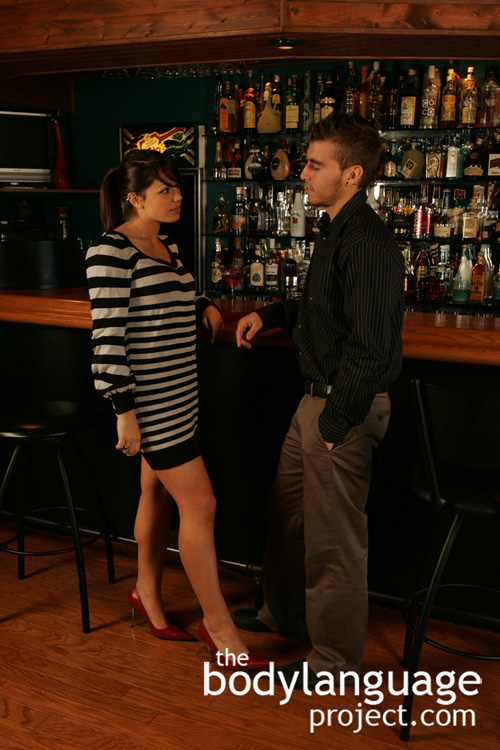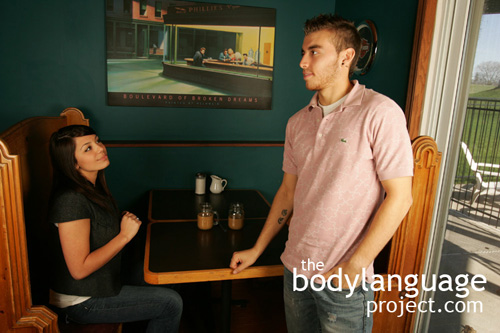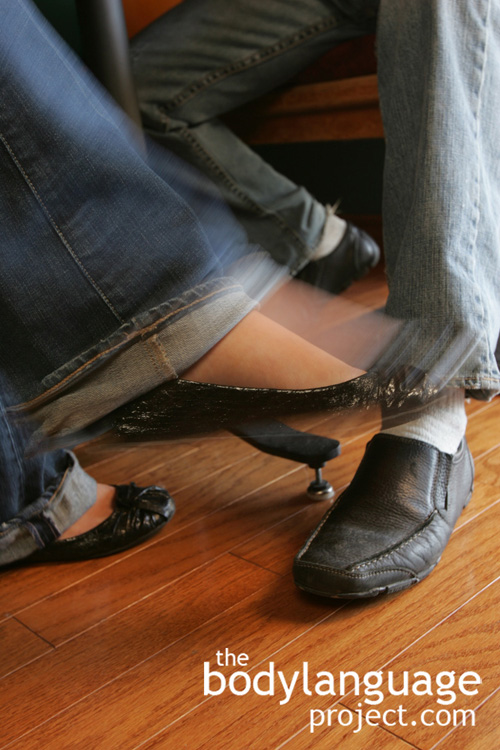Lying is so pervasive in life that it is no doubt that poker, a game that celebrates and rewards lying, is so popular. Over the course of a poker game each player will gain access to the same good and bad hands on average, but it is what is done with these hands that bring in more or less money. Even weak hands can win by bluffing, or lying about the strength of the hand, by fooling a competing player into fold. Poker is a game that rewards those that actively lie about strong hands by betting when weak and also holding back or “slow playing” strong hands to milk as much money from opponents. As poker players develop, they work through steps or stages on their way to becoming masters. One of the first skills learned is feigned disinterest which is useful when dealt a great hand. If a player can not convince others that they hold a weaker hand and instead show confident body language and consistently raise, the remaining players will simply fold. This invariably reduces their contribution to your pot and reduces your earnings. It will have been said that you haven’t played the hand to its full potential so even if you have won, you will have still lost.
Once feigned disinterest is mastered, a poker player begins what is called “acting.” That is, they will act weak when they have a strong hand, and act strong when dealt a weak hand. In poker, this becomes very tiresome (but simple) because a player must constantly show signs of strength when they aren’t and show signs of weakness when they are strong. Doing the opposite to what comes naturally consumes mental resources and distracts from other tasks such as reading other people’s body language and calculating the strength of their hands. The next level in a poker player’s development is to do what most poker players conclude their learning with, especially casual home players, and this is to clam up and show no signs at all ever. This is what we call the “poker face” and is the primary topic at hand in this discussion. While not important in general life, it might behoove you to know the final stage to becoming a master poker player which is the ability to move from just the poker face (expressionless, or nearly so!) to all levels perpetually, so you can never quite be figured out with any degree of certainty. Of course, different styles exist between players, where some are constantly chatting, while others are constantly frozen, but the gist of it that they don’t have to be stuck in a frozen pipeline. As with good liars, good poker players possess the skills to act natural and honest, even when they aren’t.
Liars have been shown to freeze up in this “poker face” too. Acting naturally is difficult when under stress, or if we are particularly motivated to get away with a lie. Motivation can be due to receiving a reward, keeping our job, or avoiding severe punishment. The greater is the motivation, the greater the likelihood of freezing up. Someone that hits a monster hand in poker can suddenly stop all movement altogether, but as we see with all lying body language, a liar can also show opposite behaviour and begin to shake or vibrate uncontrollably usually with their feet, but sometimes even their hands. I’ve seen it happen and it tells me it’s time to fold! When playing poker it is usually impossible to see the feet so instead watch the person’s shirt and shoulders, as they will seem to bounce along with their legs. Surprisingly, even while the feet are practically running off, the faces of poker players often remain stoic as if frozen. Bouncing feet are called “happy feet” and is a high confidence ‘tell’, indicating that a person is about to gain something important. It is very reliable and happens as a direct result of having heard or seen something significant that is positive to the person displaying the signal. While high affect happy feet make the entire body bounce, happy feet can be display in a more subdued way by just wiggling the feet. Watching for these cues in poker can be a very important tell and save a pile of money, so be careful to watch for it.
To avoid detection, under the ‘freeze-up’ premise, we expect people to decrease their overall nonverbal behaviour. Scientists have dubbed this the “motivational impairment effect.” Someone who is “acting”, might also appear more deliberate in their performance and this relates back to fluidity of movement. Truth tellers take the trust of others for granted, whereas liars must work for it. This can become evident through their “act” as they struggle to piece their story and body language together and make it appear congruent.
If when questioning, we notice that someone immediately freezes up, becomes rigid or less fluid these can be indicators of lying or at minimum stress. Freezing can happen in terms of facial expressions, foot and leg movements, head movements or even changes in posture. The overall movement of a person can become less fluid and their speech may become less spontaneous or they may stop speaking altogether. It will still be up to you to figure out why a person has become stressed and frozen. Not only this, but you must develop a baseline to compare freezing up versus normal behaviour. Perhaps this person always freezes up when people pry into their lives. Wouldn’t you, especially if you were innocent? Some people naturally use fewer gestures while speaking, and had freezing been a rule rather than a guide would lead us to assume something that is in fact incorrect. Along similar lines, using fewer illustrators in speech has been tied to lying through the research, so is also something to watch for. Just like a novice poker player who holds rigid postures all the time, or a poker face, we’ll never truly know what kind of hand they have through any outward indicators like body language. This is what makes freezing a good default skill to liars.



